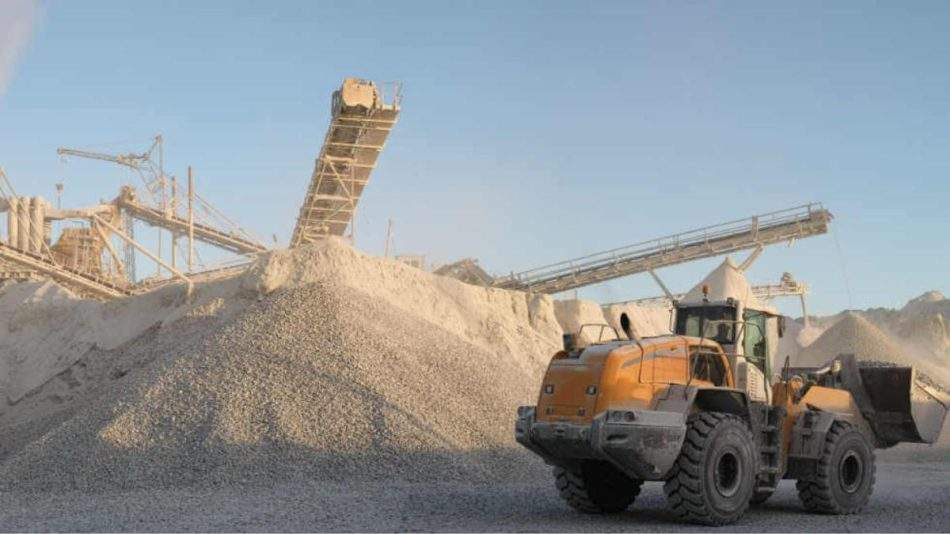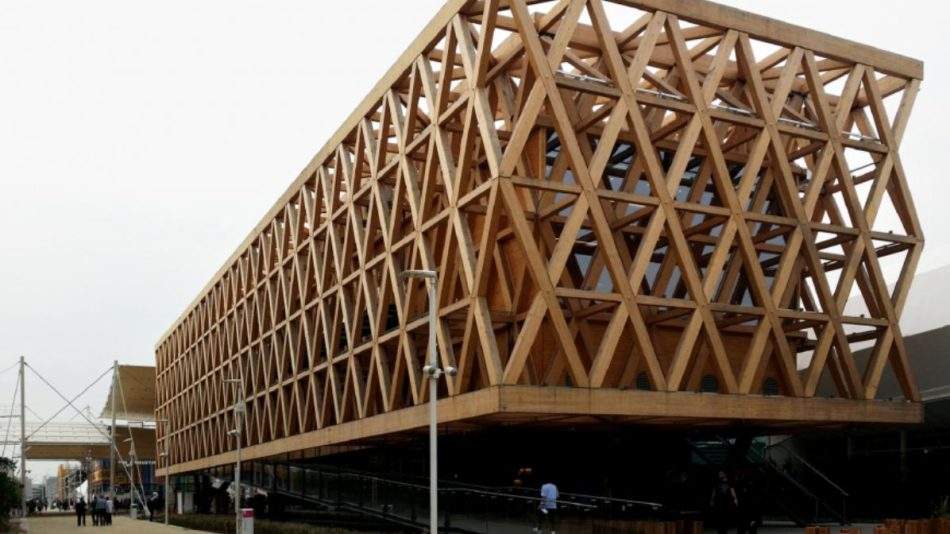Transforming instead of building
Reduce construction to mitigate emissions
Transforming buildings and reducing construction to mitigate emissions
A recent UN report highlights the need for the housing construction sector to focus on transforming existing buildings and prioritize the use of bio-based materials, such as wood and bamboo, to address the growing problem of CO2 emissions. Currently, this sector contributes an alarming 37% of global carbon dioxide emissions.
The report, by the UN Environment Programme (UNEP) and the Yale Center for Ecosystems and Architecture (Yale CEA), notes that global urbanization is proceeding at a dizzying pace, with as many buildings being constructed worldwide as there are in Paris every five days.
This accelerated rate of construction is contributing to the construction sector being responsible for 37% of all global carbon dioxide emissions, a figure that is growing steadily.


Sheila Aggarwal-Khan, director of UNEP’s Industry and Economics Division, said that this increase in emissions is due, in part, to the substitution of traditional building materials for those with a higher environmental impact and environmental cost.
“Until recently, most buildings were made of local materials such as earth, stone, wood and bamboo,” she explained in presenting the report. “However, modern materials such as concrete and steel often only offer a semblance of durability and end up in landfills, thus contributing to the growing climate crisis,” Aggarwal-Khan added.
The report, aligned with the mandate of the Global Alliance for Buildings and Construction (GlobalABC), which seeks to achieve zero emissions in this sector, proposes a three-pronged strategy to reduce CO2 emissions.


First, it calls for avoiding waste by retrofitting existing buildings, which can reduce emissions by 50-75% compared to building new structures. In addition, it is essential to encourage construction using fewer materials and opting for those that have a lower environmental impact.
In this respect, the report’s second proposal is to replace materials such as cement, steel and aluminum with renewable and bio-based products such as wood, bamboo and biomass. It is estimated that this replacement could lead to savings of up to 40% in the sector’s emissions by 2050 in various regions of the world.
Finally, the report indicates that, where it is not possible to replace materials with renewable and bio-based alternatives, the production process for cement, steel, aluminum, glass and bricks must be improved. Currently, the production of cement, steel and aluminum for building construction alone accounts for 23% of global carbon dioxide emissions.


It is a priority to decarbonize the production of these building materials by using electricity from renewable sources, increasing the use of recycled materials and adopting innovative technologies.
In this regard, the authors highlight that, if future building materials come from the carbon capture process, buildings could even become “carbon negative“, thus contributing to removing CO2 from the atmosphere instead of emitting it.
Sheila Aggarwal-Khan, one of the researchers, argues that if governments implement “appropriate policies, incentives and regulations” along these lines, the building sector could achieve zero emissions by 2050.


Anna Dyson, lead author of the report and founding director of Yale CEA, added that “policies should support the development of new models of collaboration between the building, wood and agriculture sectors to drive a fair transition to circular economies based on bio-based materials“.
So far, according to the study, most policies and initiatives in the sector have focused on reducing emissions generated by the operation of buildings, such as heating, cooling or lighting. These initiatives have been successful, as a 50-75% reduction in emissions from building operation is expected with the measures currently implemented.
Learn more about this service
Click here and find out more about our services.
Te enviaremos el artículo directamente a tu E-mail de manera instantánea.
Enviando datos, espere un momento
¡Datos enviados correctamente!
Tu mensaje será atendido en un momento
¿Desea enviar otro mensaje?
Comments
We are interested in your opinion, please leave us a comment